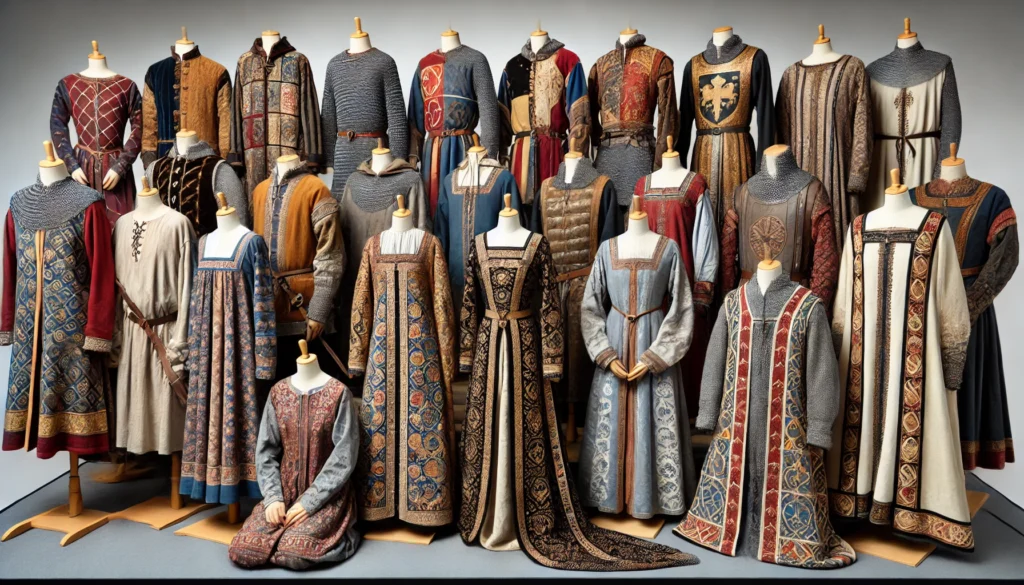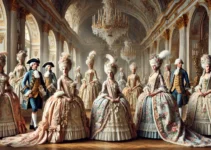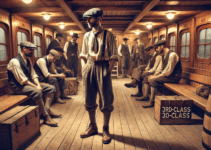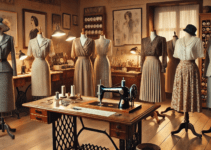The medieval period, gauging roughly from the 5th to the 15th century, eyed melodramatic shifts in fashion that reflected gregarious class, profitable conditions, and artistic influences. From the simple tunics of peasants to the intricate dresses of gentility, medieval apparel was a charming blend of practicality and substance.

Peasant Clothing Function Over Fashion
The maturity of medieval society comported of peasants who worked out in fields or performed homemade labor. Their apparel was simple and made for continuity. Men and women generally wore out tunics made from hair or linen. Men paired theirs with leggings or sock, while women wore out ankle- extent dresses with aprons. Since fabric dyeing was precious, peasant apparel was generally in natural planet tones like brown, argentine, and faceless.
Noble and Aristocratic vesture Symbols of Wealth
The gentility, on the other phase, sported their status with sumptuous fabrics like silk, velvet, and fur. Women wore out long dresses with fitted bodices and flowing sleeves, while men adorned themselves with exaggerated tunics, cloaks, and intricate headwear. Bright colors similar as red, filthy, and gold were popular, as they were expensive to produce. Jewelry, intricate headdresses, and fur- lined cloaks were exercised to farther discern the upper class.
Knights and soldiers Battle- Ready vesture
Knights had a distinct wardrobe aimed for both security and status. They wore out chainmail shield, latterly displaced by full plate shield, over padded garments called gambesons. Greatcoats bearing their blood crest were worn out over shield for identification in battle. Off the battleground, knights slipped fine tunics, sock, and fur- lined cloaks.
Religious vesture The Modest Look
Monks, nuns, and preachers dressed in blankets that signified their religious order. These were frequently simple and unornamented, with colors similar as brown, argentine, or black. Monks wore out hoods or cowls, while nuns covered their heads with wimples and curtains. The church frequently had more intricate vestments for observances, decorated with elaborate embroidery and gold stationing.
Appendages and Footwear
Medieval fashion was n’t precisely about apparel it comprehended appendages that completed the face. Leather belts, sacks, and gloves were common or garden for all classes. patricians wore out ornamental belts with essence buckles, while peasants carried simple textile or leather sacks. Footwear ranged from introductory leather shoes for commoners to spired, extravagant shoes called” poulaines” for the fat.
Headwear and Hairstyles
Head coverings were essential in medieval fashion. Peasants wore out simple linen coifs or hoods, while miladies slipped intricate hats similar as wimples, hennins( altitudinous, cone- acclimated headdresses), or curtains. Men frequently disported headdresses or hoods, with styles varying grounded on region and status. Hairstyles also reflected gregarious standing — miladies pleated their hair or nominated it under headgears, while men kept their hair short and well- prepped.
Final studies
Medieval fashion was a reflection of the period’s rigorous gregarious structure, with apparel serving as a clear index of one’s rank, profession, and substance. While peasants wore out ultrapractical, modest garments, the gentility grasped extravagant styles to showcase their authority and influence. moment, medieval fashion continues to inspire literal reenactments, pictures, and indeed ultramodern designs, keeping the heritage of this charming period alive.


